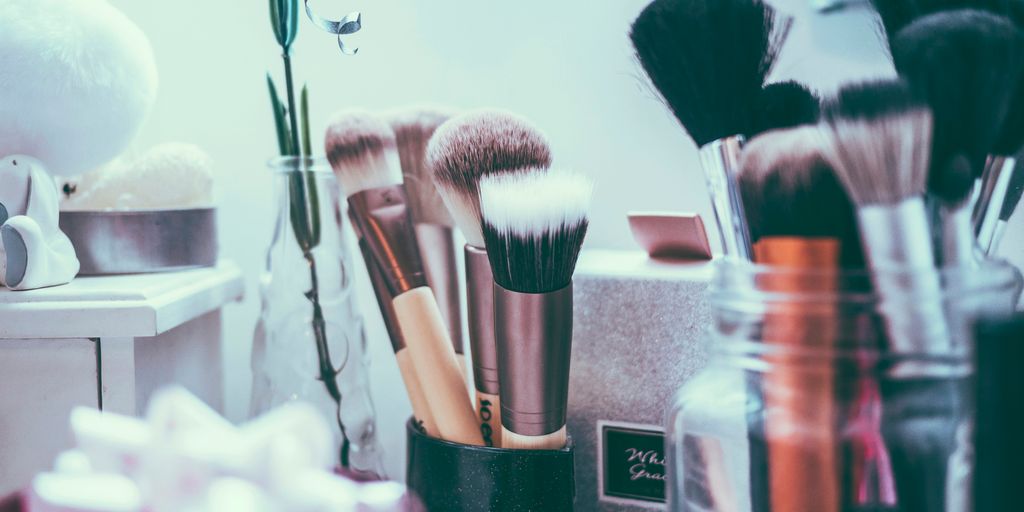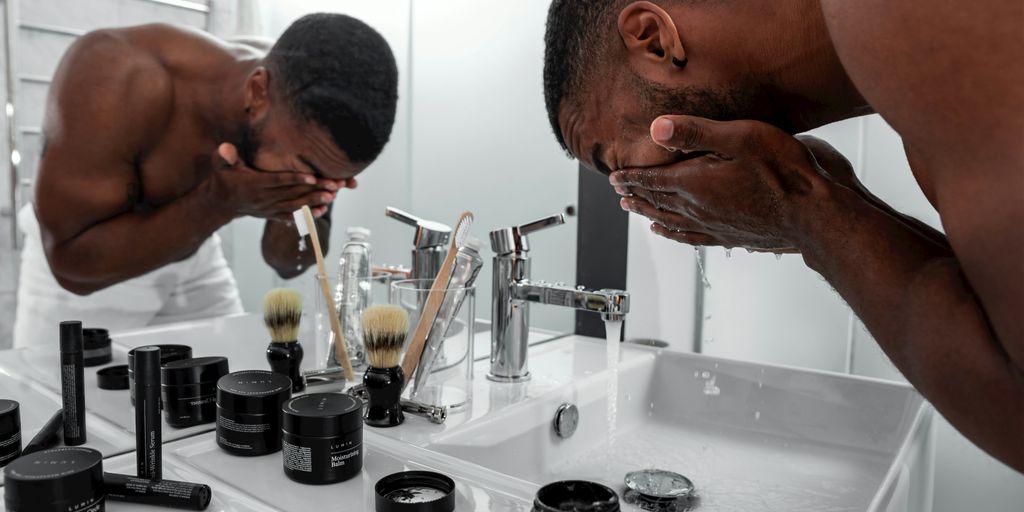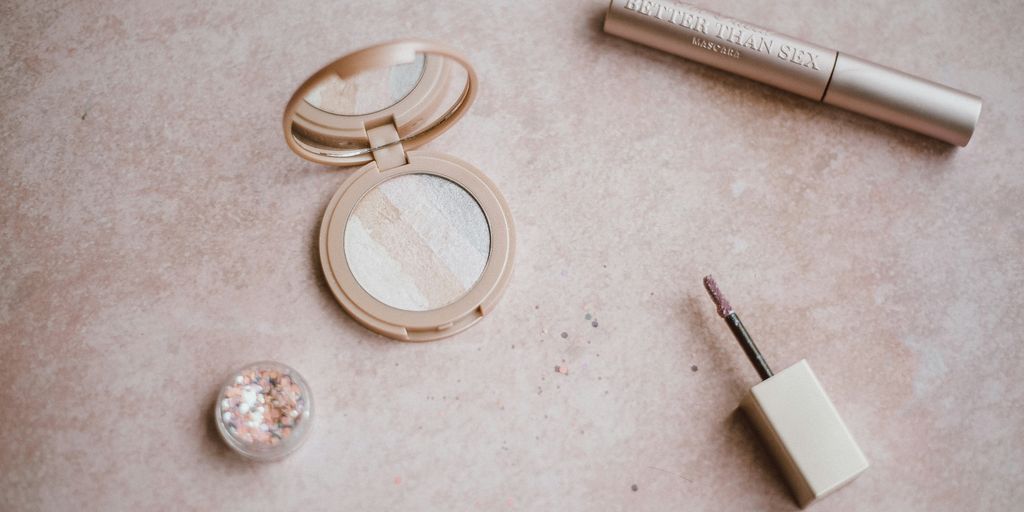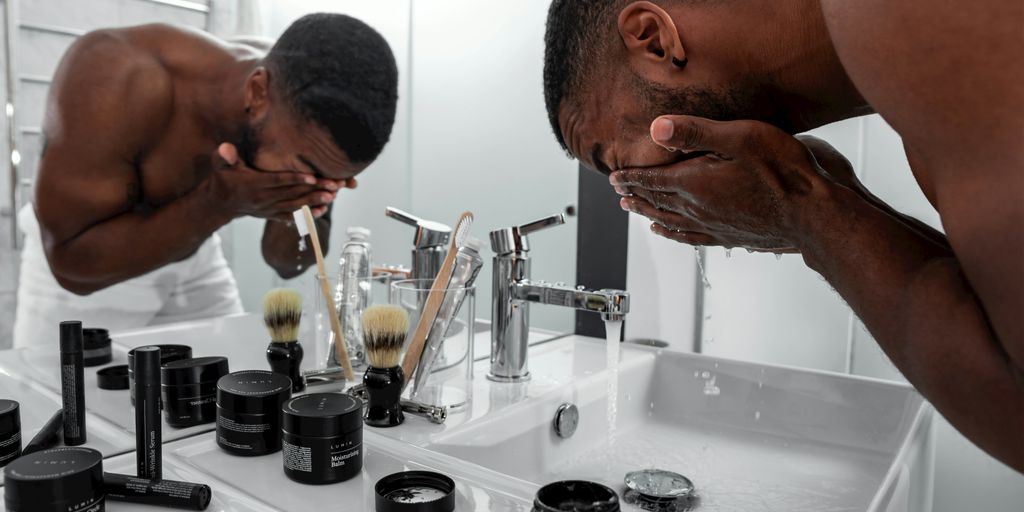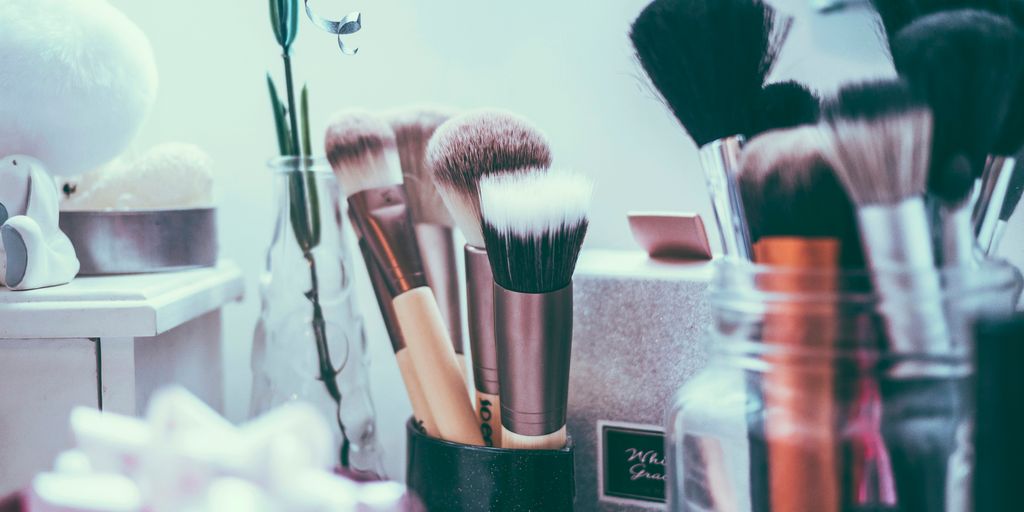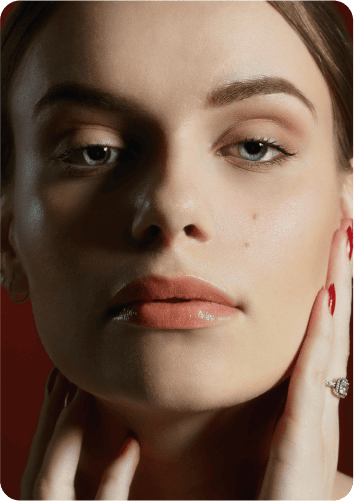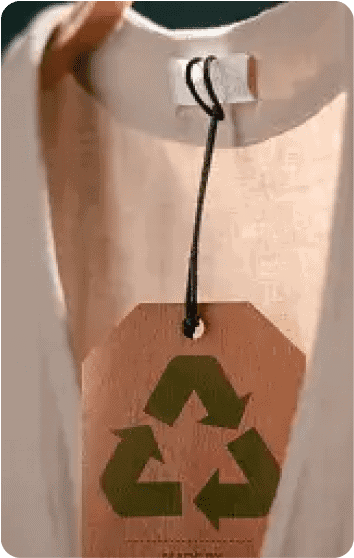As we step into 2025, the beauty industry is buzzing with questions about ethical practices, especially when it comes to cruelty-free standards. One brand that’s often in the spotlight is Innisfree, known for its commitment to natural ingredients and eco-friendly practices. So, is Innisfree cruelty free? Let’s explore what that means and how it fits into the larger picture of ethical beauty.
Key Takeaways
- Innisfree focuses on ethical ingredient sourcing and transparency in testing.
- Consumer demand for cruelty-free products is on the rise, influenced by social media.
- Sustainability is a key part of K-Beauty, with brands like Innisfree leading eco-friendly initiatives.
- Understanding cruelty-free certifications can help consumers make informed choices.
- The beauty industry faces challenges like misleading labels, but awareness is growing.
Understanding Cruelty-Free Standards
What Does Cruelty-Free Mean?
So, what does it really mean for a product to be cruelty-free? It’s more than just a label; it’s about the entire process. Cruelty-free signifies that a product and its ingredients haven’t been tested on animals at any stage of development or manufacturing. This includes testing by the brand itself, its suppliers, or any third parties. It’s a commitment to ethical practices, but the definition can sometimes get a little murky depending on the region and the certifications involved.
The Importance of Cruelty-Free Practices
Why should we even care about cruelty-free practices? Well, for starters, it’s about compassion. Many people believe that animals shouldn’t suffer for the sake of beauty or cosmetics. Beyond the ethical considerations, there’s also the question of product safety. Animal testing isn’t always the most reliable way to predict how a product will affect humans. Plus, supporting cruelty-free brands encourages the industry to move towards more humane and modern testing methods.
How Brands Are Verified as Cruelty-Free
Okay, so how do we know if a brand is actually cruelty-free? It’s not always easy to tell! There are a few different ways brands can get verified. One common method is through third-party certifications, like Leaping Bunny or PETA’s Beauty Without Bunnies program. These organizations have their own standards and audit processes to ensure that brands meet their criteria. However, it’s also important to do your own research and look into a brand’s policies and practices, as some companies may use the term "cruelty-free" without proper verification. It’s all about being an informed consumer!
It’s important to remember that the term "cruelty-free" can sometimes be used loosely. Always look for certifications from reputable organizations and do your own research to ensure that a brand truly aligns with your values.
Innisfree’s Commitment to Ethical Practices
Innisfree has been making some pretty big moves when it comes to ethics. It’s not just about slapping a label on something; they seem to be trying to change how they do things from the ground up. Let’s take a look at some of the ways they’re trying to be better.
Sourcing Ingredients Responsibly
Where ingredients come from matters, right? Innisfree seems to get that. They’ve put some effort into making sure they’re not just grabbing stuff from anywhere. They’re focusing on sustainable methods.
- Working with local farmers.
- Using ingredients grown in an eco-friendly way.
- Making sure workers are treated fairly.
Transparency in Product Testing
Testing is a big deal, especially when it comes to cruelty-free stuff. Innisfree has been trying to be more open about how they test their products. It’s not always easy to figure out what’s really going on, but they’re taking steps.
It’s good to see brands being upfront about testing. It builds trust when you know what’s happening behind the scenes.
Community Engagement and Support
It’s not just about products; it’s about people too. Innisfree has been involved in different community projects. It shows they’re thinking about more than just making money.
- Supporting environmental causes.
- Getting involved in local communities.
- Donating to charities.
The Role of Sustainability in K-Beauty
Sustainability isn’t just a nice-to-have anymore; it’s becoming a core part of how K-beauty operates. It’s interesting to see how brands are stepping up, and it’s not just about marketing – many are genuinely trying to make a difference. I think it’s a trend that’s here to stay, and honestly, it’s about time.
Eco-Friendly Packaging Initiatives
Okay, so packaging. It’s a big deal, right? All those jars and bottles add up. I’ve noticed a few K-beauty brands are starting to use recyclable materials, which is a start. Some are even experimenting with plant-based packaging, which is pretty cool. The goal is to reduce waste, and every little bit helps.
- Using recycled plastics
- Developing refill programs
- Reducing overall packaging size
Sustainable Ingredient Sourcing
Where ingredients come from matters. A lot. I’m seeing more brands talk about sourcing ingredients responsibly. This means being mindful of the environmental impact of farming and harvesting. It also means ensuring fair labor practices, which is something we should all care about.
It’s not always easy to know where ingredients come from, but brands that are transparent about their sourcing are worth supporting. Look for certifications and brands that openly share their supply chain information.
Reducing Carbon Footprint
Shipping products all over the world has a big impact. K-beauty brands are starting to think about how to reduce their carbon footprint. This includes things like:
- Optimizing shipping routes
- Using more fuel-efficient transportation
- Investing in carbon offset programs
It’s a complex issue, but it’s good to see brands taking it seriously. Reducing the carbon footprint is a long-term goal that requires continuous effort and innovation.
Consumer Demand for Cruelty-Free Products
The Rise of Ethical Consumerism
More and more, people are thinking about where their money goes. It’s not just about getting the cheapest deal anymore. People want to support companies that share their values. This shift, often called ethical consumerism, is a big deal for the beauty industry. Consumers are actively seeking out brands that are cruelty-free, sustainable, and transparent about their practices. They’re reading labels, doing research, and making choices that align with their beliefs.
Impact of Social Media on Brand Practices
Social media has changed everything. It gives consumers a powerful voice. A single post can make or break a brand’s reputation. If a company is caught using unethical practices, the news spreads fast. This forces brands to be more accountable. Influencers and bloggers also play a big role, highlighting cruelty-free options and calling out brands that aren’t living up to ethical standards. It’s a whole new level of transparency.
How Consumers Can Influence Change
Consumers have more power than they realize. Here’s how you can make a difference:
- Vote with your wallet: Choose cruelty-free brands whenever possible.
- Spread the word: Share information about ethical brands with your friends and family.
- Contact companies: Let brands know that cruelty-free practices are important to you.
- Support organizations: Donate to or volunteer with animal welfare organizations.
By making informed choices and using our voices, we can push the beauty industry towards a more ethical and sustainable future. It’s a collective effort, and every action counts.
Innisfree’s Product Line and Cruelty-Free Status
Highlighting Popular Products
Innisfree has a wide range of products, and some are definitely more well-known than others. You’ve probably heard of their Green Tea Seed Serum, which is a hydration staple for many. Then there’s the Volcanic Clay Mask, a go-to for pore care. And who can forget their sunscreen options? They’ve got something for everyone, from lightweight daily wear to more heavy-duty protection. It’s easy to see why these products are so popular; they’re effective and often quite affordable. But are they cruelty-free? That’s the question we’re really trying to answer here.
Ingredient Transparency
When it comes to skincare, knowing what you’re putting on your face is super important. Innisfree usually lists out their ingredients, which is a good start. However, it can be tricky to figure out where those ingredients actually come from. Are they sustainably sourced? Are the suppliers also committed to cruelty-free practices? These are the questions that really matter. It’s not always easy to get a straight answer, and sometimes you have to dig a little deeper to find the information you need.
Certifications and Endorsements
Okay, so here’s where things get interesting. Certifications like Leaping Bunny or PETA can be a quick way to check if a brand is cruelty-free. But, Innisfree’s certification status can be a bit confusing. They might claim to be cruelty-free, but do they have the certifications to back it up? It’s worth checking their website and looking for official logos. Also, keep an eye out for endorsements from cruelty-free advocacy groups. Sometimes, these endorsements can give you extra peace of mind.
It’s important to remember that certifications aren’t the only thing that matters. A brand can still be ethical even without a certification. But, certifications do provide an extra layer of assurance that a company is following through on its cruelty-free promises.
Here’s a quick rundown of what to look for:
- Official cruelty-free logos on product packaging
- Statements about animal testing on the company website
- Endorsements from reputable cruelty-free organizations
Challenges in the Beauty Industry
Navigating Global Regulations
The beauty industry is a global one, and that means brands have to deal with a whole bunch of different rules and laws depending on where they’re selling their stuff. What’s okay in one country might be a big no-no in another. This can be super tricky, especially when it comes to animal testing. Some places require it by law, which puts brands in a tough spot if they’re trying to be cruelty-free everywhere else. It’s a real headache trying to keep up with all the different regulations and still stick to ethical principles.
Misleading Labels and Marketing
It’s easy to get confused by all the labels and claims you see on beauty products. Some companies might use words like "natural" or "eco-friendly" even if their products aren’t really that sustainable or cruelty-free. This is called greenwashing, and it makes it hard for consumers to know what they’re really buying. It’s important to do your research and not just believe everything you read on the label.
The Future of Cruelty-Free Standards
What does the future hold for cruelty-free beauty? Well, hopefully, we’ll see more countries banning animal testing altogether. There’s also a lot of cool new technology being developed that could replace animal testing, like lab-grown skin and computer models.
The goal is to create a world where no animals are harmed in the making of beauty products. It’s a long road, but with more awareness and pressure on brands, we can get there.
Here are some things that could help:
- More standardized certifications.
- Better ways to test products without animals.
- More transparency from brands about their practices.
What to Look for in Cruelty-Free Brands
Understanding Certifications
Okay, so you want to buy cruelty-free. Great! But how do you really know if a brand is telling the truth? That’s where certifications come in. Look for logos from reputable organizations like Leaping Bunny or PETA. These groups have standards a company must meet to get certified. It’s not a perfect system, but it’s a good starting point. Just remember, a logo alone isn’t enough; do a little digging to make sure the certification is legit.
Researching Brand Practices
Don’t just rely on certifications. Do some digging yourself! Check out a brand’s website. See if they have a clear statement about their animal testing policy. If it’s vague or hard to find, that’s a red flag. Also, look for information about their supply chain. Do they ensure their suppliers also adhere to cruelty-free practices? It can take some time, but it’s worth it to make sure you’re supporting brands that align with your values. I usually check Ethical Elephant or Cruelty-Free Kitty to see if they have any information on the brand.
Supporting Ethical Brands
Ultimately, choosing cruelty-free is about more than just buying products; it’s about supporting a better way of doing business. When you find brands that are truly committed to ethical practices, show them some love! Buy their products, leave positive reviews, and spread the word. Your choices make a difference. By supporting these brands, you’re helping to create a market where cruelty-free is the norm, not the exception. It’s a small thing that can have a big impact.
It’s important to remember that the fight against animal testing is ongoing. By staying informed and making conscious choices, we can all contribute to a more compassionate beauty industry.
When choosing cruelty-free brands, look for clear labels that say "not tested on animals". Check if the company has certifications from trusted organizations. It’s also good to see if they share their values about animal welfare on their website. Want to learn more about finding the best cruelty-free products? Visit our site for tips and guides!
Final Thoughts on Innisfree’s Cruelty-Free Status
So, after looking into everything, it seems like Innisfree is making a real effort to be cruelty-free in 2025. They’ve got some solid policies in place and are working hard to keep their products ethical. But, as with any brand, it’s always good to stay informed. Things can change, and sometimes companies don’t always stick to their promises. If you care about cruelty-free products, it might be worth keeping an eye on Innisfree and checking for updates. At the end of the day, your choices matter, and supporting brands that align with your values is what counts.
Frequently Asked Questions
What does it mean for a brand to be cruelty-free?
When a brand is cruelty-free, it means they do not test their products on animals. They ensure that no animals are harmed during the testing process.
Why is cruelty-free important?
Cruelty-free practices are important because they promote kindness to animals. Many people believe that no animal should suffer for beauty products.
How can I tell if a brand is cruelty-free?
You can check for cruelty-free certifications on the product label. Look for symbols from organizations that verify cruelty-free practices.
What is Innisfree’s approach to ethical practices?
Innisfree focuses on using natural ingredients, being transparent about their testing methods, and supporting local communities.
How does consumer demand affect cruelty-free practices?
As more people want cruelty-free products, brands are more likely to change their practices to meet this demand. Social media also helps spread awareness.
What should I look for when choosing cruelty-free brands?
Look for certifications, research the brand’s practices, and choose to support companies that are committed to being ethical.
